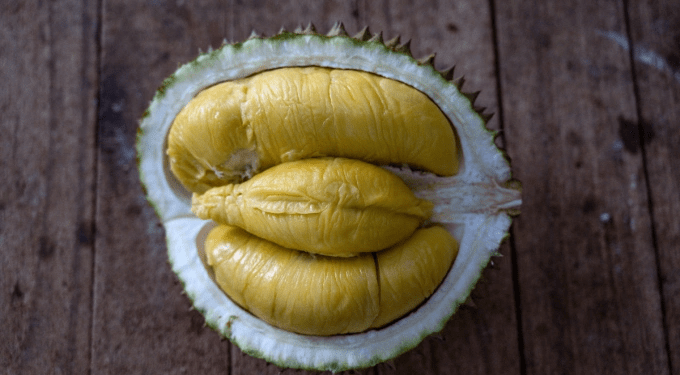The center, which is currently running on a limited scale in the state’s Tangkak district, is expected to be fully operational by the next durian season, which typically spans June-August, according to Datuk Zahari Sarip, chairman of the Johor Agriculture, Agro-Based Industry and Rural Development Committee.
“Once fully operational, durians from surrounding areas, such as Segamat, Muar, and Tangkak, will be pooled here for freezing or processing into other products, including paste and jam,” Zahari said after a fruit tasting event at the Federal Agricultural Marketing Authority’s Johor head office last Friday, as quoted by national news agency Bernama.
The facility, developed in partnership with a Selangor-based private firm, will employ nitrogen freezing technology and allow durians to be “collected, stored, and released in stages throughout the year,” he noted.
It will help address seasonal oversupply and keep prices stable, based on agreements between farmers and traders, he added.
Oversupply is a familiar challenge for traders during peak harvest seasons, especially in bumper years like this one.
Durian trader Caiyun Ang said the fruit’s short shelf life, often just a day or two, poses intense pressure for vendors to clear their stock, especially in an oversaturated market where she has had to offer steep discounts to stay competitive.
Though she runs an export business that brings in more stable income year-round, she usually sets up a stall during the main season to stay connected with customers and promote her brand.
While she eventually recouped her durian costs this season, she still lost RM1,500 (US$352.53) on staff wages.
“If you grow them (durians), that’s okay, because at least you can control the supply. But selling them fresh at a stall? It’s tough,” she said in a July 7 post cited by news site SAYS.
In Penang, another Malaysian state known for the stinky fruit, 43-year-old trader Rushisham Md Zin told Malaysian newspaper The Star that the influx of durians from other regions like Johor and Pahang has driven down local prices.
Kie Kim Hwa, president of Penang Fruit Farmers Association, noted that prices are “cheaper everywhere” as sellers scramble to sell quickly or risk losses.
Johor’s new durian processing center is expected to curb such volatility, according to Zahari.
“We don’t want prices to drop owing to a glut and dumping when harvest season arrives,” he said.
Johor grows a diverse selection of durian varieties, including Musang King, D13, IOI, Tekka, Black Thorn, Kim Hong, durian kampung and several newer cultivars.
It produced nearly 190,000 tonnes of durian across 19,179 hectares of land involving over 34,000 growers, according to Malay Mail.
The state plays a large role in Malaysia’s durian exports, with main destinations including Singapore, mainland China and Hong Kong.





